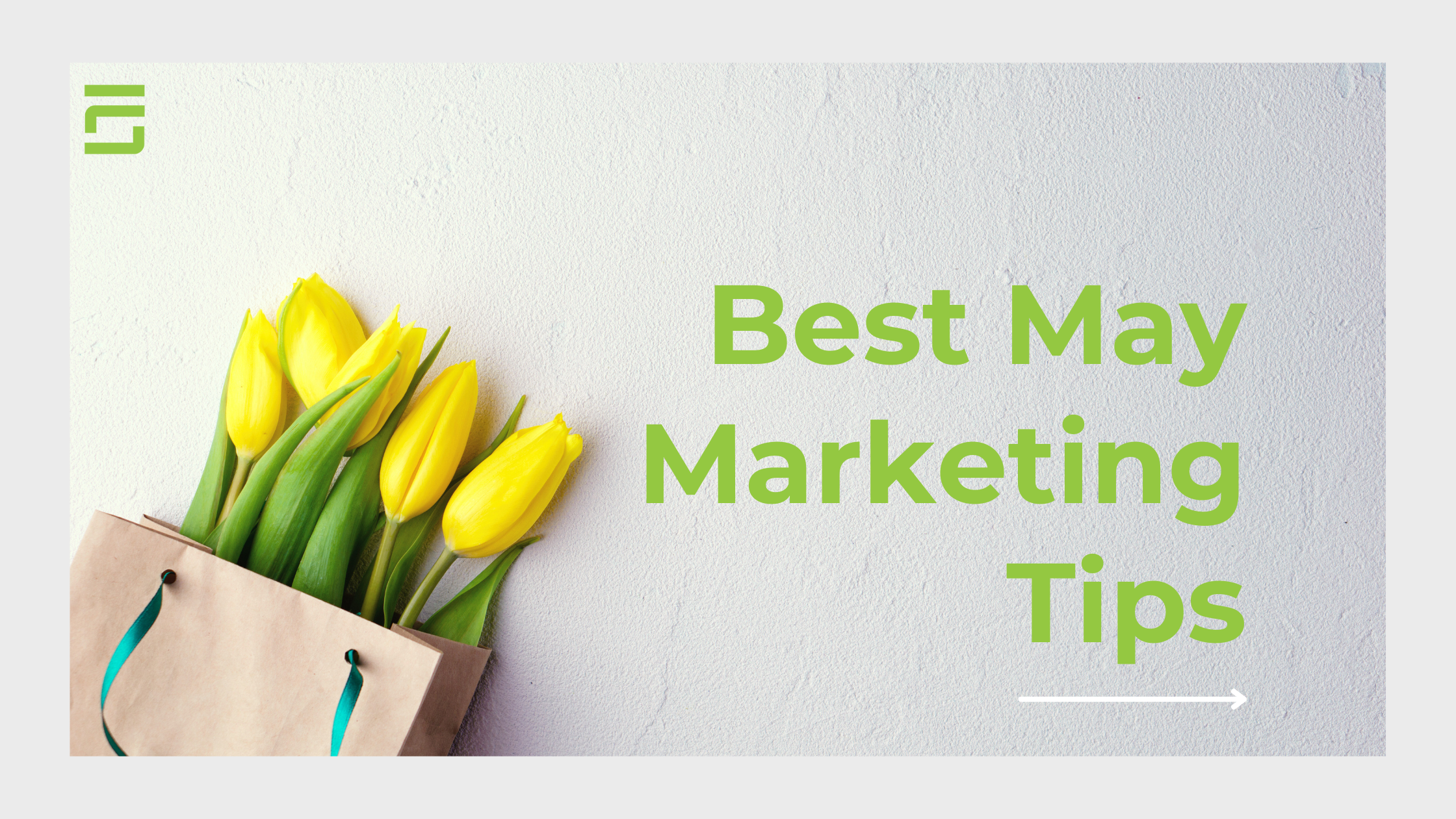
Contact Us Marketing Plans Website Plans
Today’s customer is both informed and knowledgeable. What’s more, they are quite skeptical about brands, and they expect a lot more from businesses like yours. The marketing division within the business is expected to come up with a strategy that captures prospective clients and converts them into customers.
In today’s world, where digital marketing has essentially taken over marketing, brands have to curate their marketing strategies consistently. This is driven by the need to meet market demands while staying true to the brand identity. Besides, there is constant competition when it comes to customer engagement.
To do so, marketers will usually employ a Conversion Funnel or Flywheel.
The Conversion Funnel
For the longest while, most marketers used the Conversion Funnel strategy. At its tenet, a Conversion Funnel is a means through which a brand can comprehend the flow of potential clients into paying customers. The mission of this strategy is to continuously capture, keep and grow the customer base through the different technologies and tools available. It encompasses lead nurturing, behavioral targeting, retention, and referrals.
This strategy follows the classic AIDA model. Specifically, the marketers will be employing strategies for Awareness, Interest, Desire, and Action. As with any marketing endeavor, some of the customers will not make it to the end of the Funnel. At each of the stages, there will be customers that are dropped off. It is in light of this that the marketer is expected to consistently come up with innovative ways that will help with testing and optimizing the Funnel. These strategies are expected to guide the smooth transition from one stage to the next.
Awareness
Chances are that as a brand, you have likely invested in several marketing channels through which you expect you should be able to attract a large number of visitors. As a brand, you want to keep tabs on where exactly these visitors are coming from. Additionally, you want to know how many of these visitors stayed long enough within your website, for instance, to learn more about the product or services you offer. Overall, you want to pay close attention to the data to understand best the targeting method that works, which should help you save money.
Interest
The second step within the model is Interest. At this phase, the goal is to pique the customer’s interest with the hopes that you can keep them engaged. The key element here is content. You want to curate a piece that will successfully convert this prospective customer. You can include a real-time message or offer high-value content in exchange for getting them to your mailing list. It is at this point that you can actually point out who is really interested in the product and who isn’t.
Desire
The prospects that have moved on to this phase are those that are truly interested in the product. At this point, you want to grow and nature them. Additionally, you can put a bit of pressure on the pain points that have them desiring your product or services.
Consider sending a bunch of educational and useful content. Your intention is to sell your capabilities and show them the benefits of your offerings. It would also be best if you employed tools such as marketing automation software that will enable you to retouch with these new prospects as often as you deem necessary.
Action
The customers who get to this point only need a small push before buying what you are selling. Note that the more customers you are able to guide to this phase, the greater your chances of closing a sale. Still, it would be best if you were conscious of the fact that not all the prospects that will get to this level will actually take action.
You want to learn as much as you can about the clients by the time they get to this level. This will guide you towards the creation of personalized marketing campaigns. The latter significantly increases your chances of getting the prospect to take action.
The Marketing Flywheel
The Flywheel is a more intuitive marketing model. At the tenet of this strategy is the need to create momentum, which is at times lost with other marketing strategies.
This model features three distinct sections: Attract, Engage, and Delight. It is expected that if you put immense effort into the first three, there is a high likelihood that you will convert a greater number of prospects.
Admittedly, the Marketing Flywheel offers more advantages than just momentum. The strategy effectively takes care of the current consumer’s skepticism when it comes to brands. It creates a great foundation upon which you can build the rest of the marketing strategies.
Attract
As this is your first phase, you want to inspect what exactly your hook is. Essentially, you want to clarify what differentiates your brand from the rest within your niche.
Engage
This step within the Flywheel model takes care of the challenge that the Funnel seems to encounter: Engagement. It essentially takes care of building the rapport between your brand and the client base. This strategy helps create momentum, especially as it pertains to repeat customers.
Delight
Your product is expected to bring joy to your customers. If it does this consistently, you are assured that the customers will keep coming back. This satisfaction in your offerings is quite invaluable as it means that your product or service essentially adds some value.
In retrospect, the Flywheel is somewhat self-sustaining. When correctly employed, your brand should be able to generate a consistent stream of prospective customers. The success of this approach is pegged on the idea that the entire organization and the marketing strategies employed are all focused on ensuring a remarkable customer experience. In the event that there is some friction, the promise of the amazing experience that the customer is expecting releases energy back into the strategy.
Faster Solutions primarily uses both the Flywheel as well as the Conversion Funnel. The advantage experienced is that the brand is equally supported by its customers to grow. Specifically, the business is able to yield so much momentum from referrals and word-of-mouth, in addition to new business development efforts. We are excited to hear about your experience with either marketing strategy. Let’s get started today!






